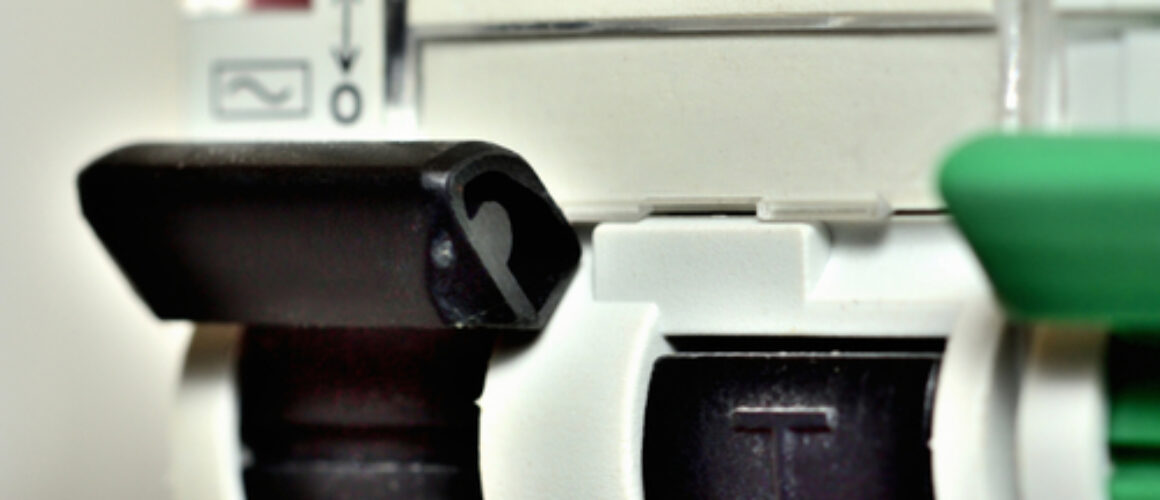RCDs Demystified: How Residual Current Devices Work and Why They’re Essential for Every Home
Residual Current Devices (RCDs) are critical components of electrical safety systems, designed to protect lives and property by swiftly detecting and responding to electrical faults. Despite their importance, many homeowners may not fully understand how RCDs work and why they are essential for every home. Let’s demystify RCDs by exploring their functionality and highlighting their significance in residential electrical installations.
Understanding How RCDs Work
- Current Monitoring: RCDs continuously monitor the flow of electrical current in a circuit by comparing the current entering through the live conductor with the current returning through the neutral conductor. Under normal operating conditions, these currents should be equal, indicating that electrical power is flowing properly without leakage.
- Detection of Imbalance: If an electrical fault occurs, such as insulation breakdown or accidental contact with live parts, a residual current may flow through an unintended path, causing an imbalance between the currents in the live and neutral conductors. RCDs are sensitive to these imbalances and can detect even small differences in current flow.
- Tripping Mechanism: When an imbalance is detected, the RCD activates its tripping mechanism, quickly disconnecting power to the circuit within milliseconds. This rapid response prevents the continuation of the fault, minimizing the risk of electric shock, fires, and other electrical hazards.
- Test Function: RCDs are equipped with a test button that allows homeowners to verify their proper operation. Pressing the test button simulates a fault condition, causing the RCD to trip and disconnect power to the circuit. Regular testing of RCDs is recommended to ensure their effectiveness and reliability.
Why RCDs are Essential for Every Home
- Protection Against Electric Shock: RCDs provide crucial protection against electric shock by promptly disconnecting power in the event of a fault. This prevents the flow of electric current through the body, reducing the risk of serious injury or electrocution, especially in wet or damp environments.
- Fire Prevention: By detecting and isolating electrical faults, RCDs help prevent electrical fires caused by overheating, short circuits, or insulation failures. Their rapid response minimizes the likelihood of fire ignition and spread, safeguarding lives and property.
- Compliance with Regulations: Many building codes and electrical safety standards mandate the installation of RCDs in residential dwellings, particularly in areas prone to moisture or where electrical equipment is used near water sources. Compliance with these regulations is essential to ensure a safe and compliant electrical installation.
- Peace of Mind: Installing RCDs provides homeowners with peace of mind knowing that their electrical system is equipped with an additional layer of safety protection. RCDs offer reliable and effective protection against a wide range of electrical hazards, allowing homeowners to feel confident in the safety of their home environment.
Conclusion
In conclusion, Residual Current Devices (RCDs) are indispensable safety devices that play a vital role in protecting lives and property in residential settings. By detecting and responding to electrical faults, RCDs help prevent electric shock, fires, and other electrical hazards, making them essential components of every home’s electrical system. With their reliable operation, ease of installation, and compliance with safety regulations, RCDs offer homeowners peace of mind and assurance that their electrical installation is safe and secure. Check out our stock of Residual Current Devices by Electrical Discounted Supplies.




